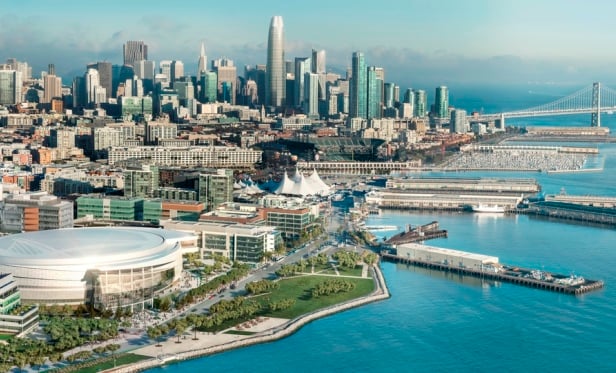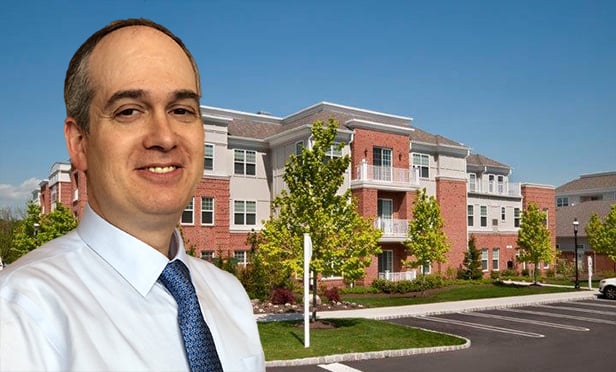JERSEY CITY–Almost 400 real estate professionals from around the country gathered at NAIOP’s two-day I.con: The Industrial Conference here to consider the big-picture concerns affecting industrial real estate. Everything from the euro crisis to domestic regulations to the cost of fuel was on the table.
“The real question for real estate professionals is not where the shipping container hits the shore, but rather where the shipping container is likely to be opened,” said Paul J. Charlton, senior vice president of Direct Investments.
Overall, the US industrial market has improved in fundamental ways so far this year compared to last. Vacancy rate, absorption and rental rates are modestly improved in most areas, according to market specialists.
At a panel discussion Thursday on “The Intersection of Trade and Real Estate,” John Carver, executive vice-president of Jones Lang LaSalle, said he believes the comeback of manufacturing in this country is the most important driver. However, other panelists noted that US manufacturing was flat in the past two months after nearly three years of continuing growth – and that the economic crisis in Europe is now seriously threatening a vital region for US exports.
John Morris, a senior managing director of Cushman & Wakefield’s Global Consulting Group, said the competition for smaller industrial properties is extremely strong virtually everywhere across the country. “It is all being leased up, in every market,” he said. For larger and customized storage and distribution space, the situation was highly differentiated.
Nationally, according to CW, there is currently 36.9 million square feet of industrial product under construction, including 6 million square feet in California’s Inland Empire region and 4.1 million square feet along the Pennsylvania 1-81/I-78 corridor. “In New Jersey, not so much,” he noted. There has been virtually no speculative construction in the state in the past year.
Tim Feemster, senior managing director of Global Corporate Services for Newmark Grubb Knight Frank, said New York/New Jersey ports are handling increased distribution traffic, and noted that the region may have already surpassed the Long Beach area to become the second busiest to Los Angeles.
“When they raise the Bayonne Bridge, so the large-capacity ships coming through the widened Panama Canal in 2014 can get through, I’m willing to say that the East Coast ports will someday be handling half the import business.”
The troubled economics of the trucking industry have made it the weak link in integrated port/rail/truck distribution, noted Feemster. There has been increased investment in railroad lines nationally, he said – although much of it was for maintenance of existing lines, rather than improving “inter-modal” shipping of goods to move large shipping containers by rail. Yet 70 percent of domestic shipping is handled by truck.
Meanwhile, said Morris, trucking prices have not gone up in 12 years. “Can you imagine trying to respond to the need for greater intermodal shipping with zero increase in investing?” he said.
Feemster said the cost of fuel is driving the cost structure of shipping across the board. “The profitability of steam ship lines is in question as well,” he said. “With the increase in the size of ships, the rate structure, the fuel costs, the future of our ability to do shipping by water is touchy.”
Want to continue reading?
Become a Free ALM Digital Reader.
Once you are an ALM Digital Member, you’ll receive:
- Breaking commercial real estate news and analysis, on-site and via our newsletters and custom alerts
- Educational webcasts, white papers, and ebooks from industry thought leaders
- Critical coverage of the property casualty insurance and financial advisory markets on our other ALM sites, PropertyCasualty360 and ThinkAdvisor
Already have an account? Sign In Now
*May exclude premium content© 2024 ALM Global, LLC, All Rights Reserved. Request academic re-use from www.copyright.com. All other uses, submit a request to [email protected]. For more information visit Asset & Logo Licensing.








